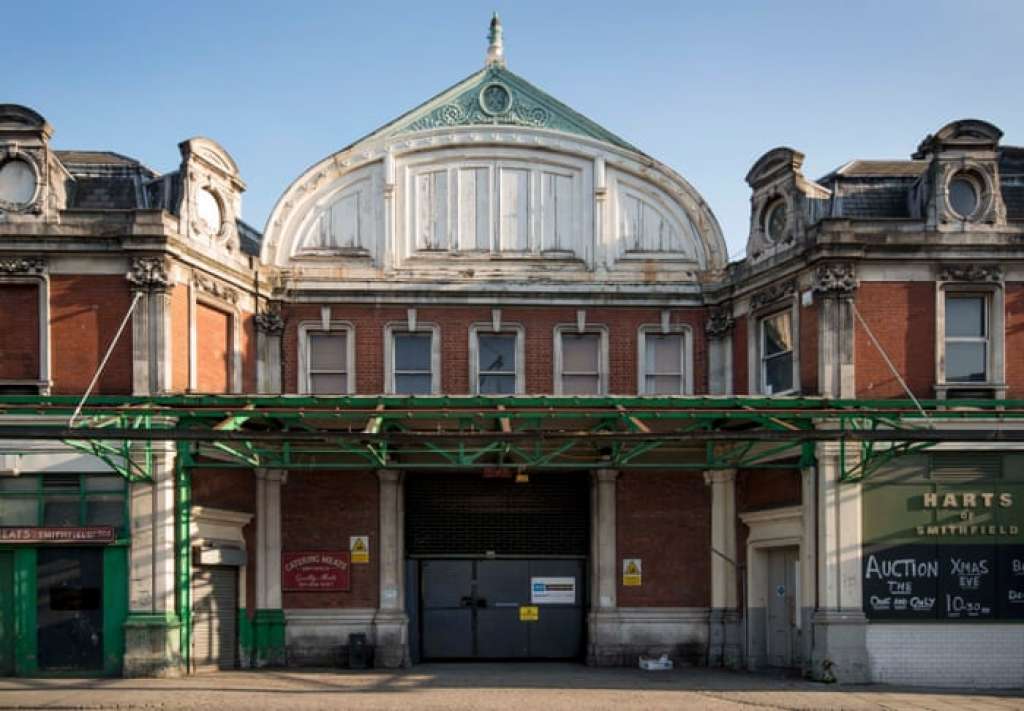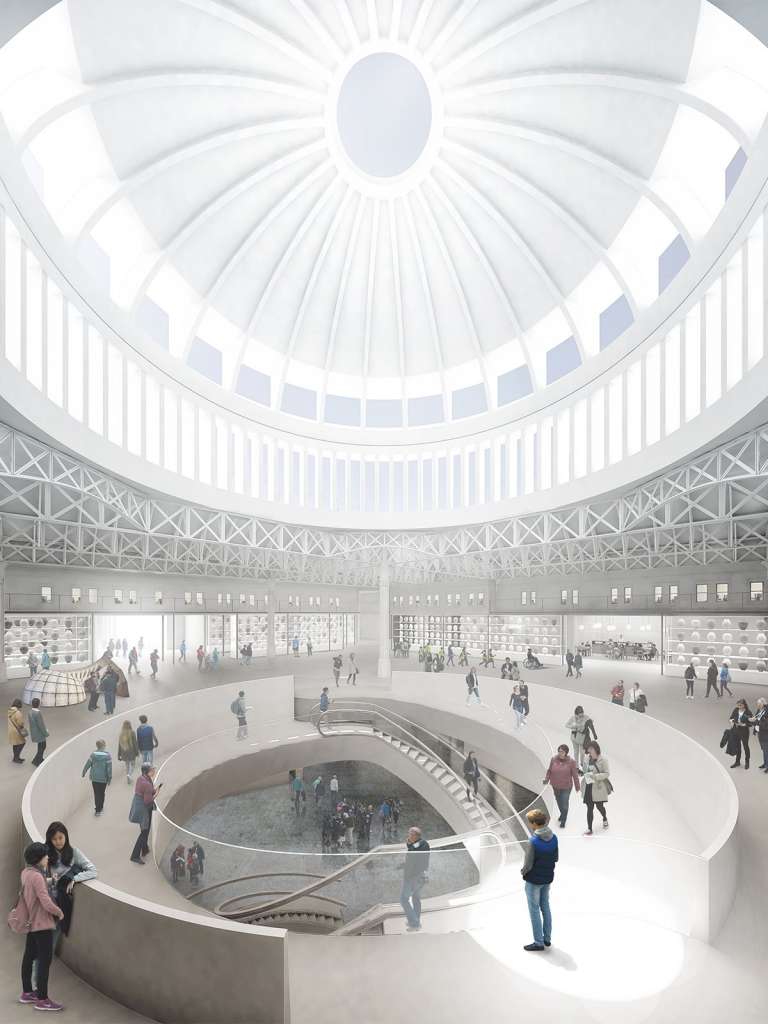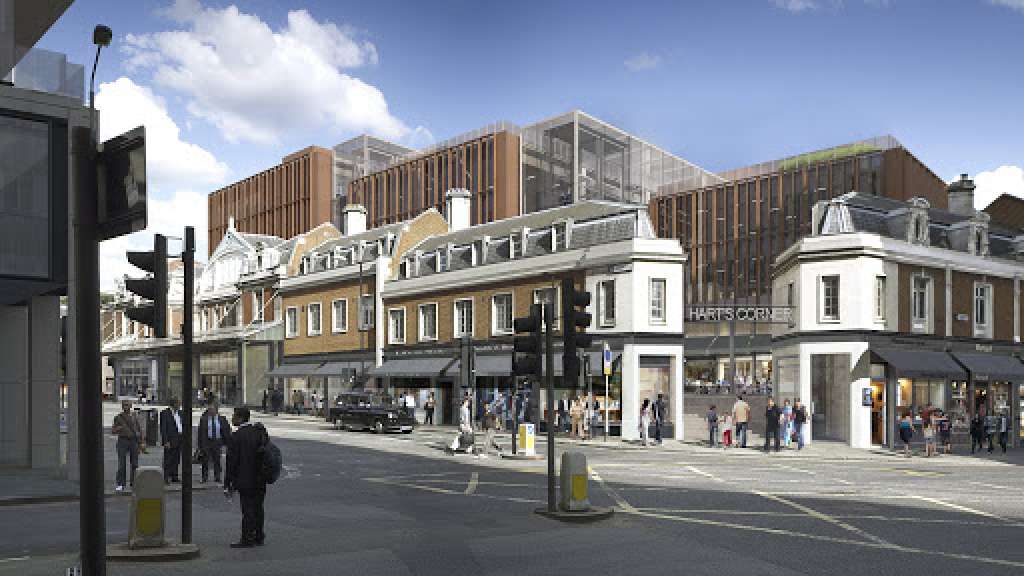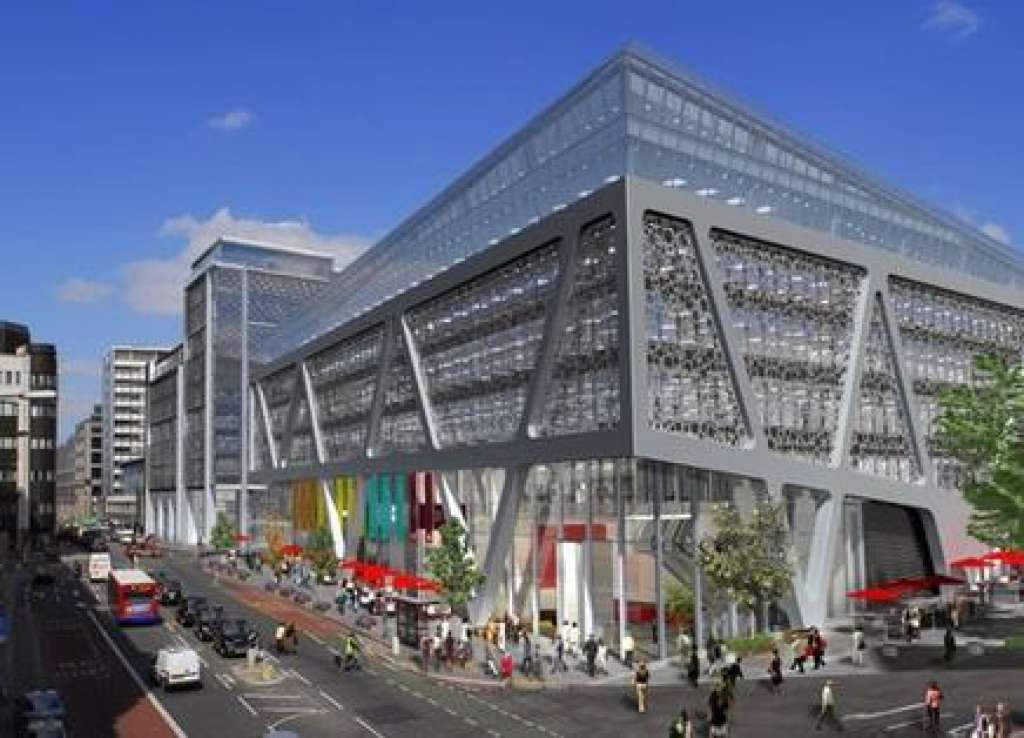PRESS RELEASE: SAVE welcomes pivotal moment as Museum of London wins planning for Smithfield
24 June 2020
SAVE Britain's Heritage warmly welcomes the green light given yesterday to transform Smithfield General Market into the Museum of London's new home.
City of London planners approved the £337million transformation plans drawn up by architects Stanton Williams Architects and Asif Khan with Julian Harrap Architects at a planning committee meeting on 23 June.
It follows two huge campaigns led by SAVE to rescue the building from demolition - fought successfully through high profile public inquiries in 2014 and 2008.
Marcus Binney, executive president of SAVE Britain's Heritage said: "The planning permission granted to the Museum of London comes after a 15-year battle to save Smithfield General market from destruction. SAVE fought and won two public inquiries to stop destruction and won both of them against tremendous odds. Now the way is open for the Museum of London to carry out the transformation of these splendid market halls into the biggest and best city museum in Europe".
Henrietta Billings, director of SAVE Britain's Heritage said: "Planning permission is a crucial milestone in the life of Smithfield General Market and the Museum of London. The hard fought and passionate battles to save these fantastic buildings from demolition are the latest layer of their history - and we look forward to seeing them beautifully transformed and adapted to tell their story of resilience to London and the world."
Smithfield General Market was built by Horace Jones in 1879-1883, architect of Billingsgate and Leadenhall Markets. Together with the meat markets they make up one of the finest parades of market buildings in Europe.
SAVE and The Victorian Society won the public inquiry to save the buildings from demolition in 2014. The scheme by Henderson Global Investors included the demolition of the Smithfield General Market and annexe buildings for an office led development. Working with John Burrell of Burrell Foley Fisher architects we drew up an alternative scheme showing how, instead of demolishing the buildings, they could be sensitively re-purposed, with creative use made of the extensive undercrofts and railway tunnels beneath them - which will now be imaginatively incorporated into the museum.
SAVE's solicitor David Cooper led opposition at the 2008 inquiry, persuading the inspector to reject proposals for demolition which were supported by the City Corporation. Mr Cooper also played a key role in preparing the commercial evidence at the second inquiry which persuaded both the inspector and the Secretary of State that refurbishment of the Victorian market buildings would be viable. Further crucial evidence on viability was given by Eric Reynolds of Urban Space Management, now chaiman of SAVE Britain's Heritage Trustees.
ENDS
Notes to editors:
1. For more information contact Henrietta Billings, director of SAVE Britain's Heritage – billings@savebritainsheritage.org / 07388 181 181.
2. SAVE Britain's Heritageis a strong, independent voice in conservation that has been fighting for threatened historic buildings and sustainable reuses since 1975. We stand apart from other organisations by bringing together architects, engineers, planners and investors to offer viable alternative proposals. Where necessary, and with expert advice, we take legal action to prevent major and needless losses.






